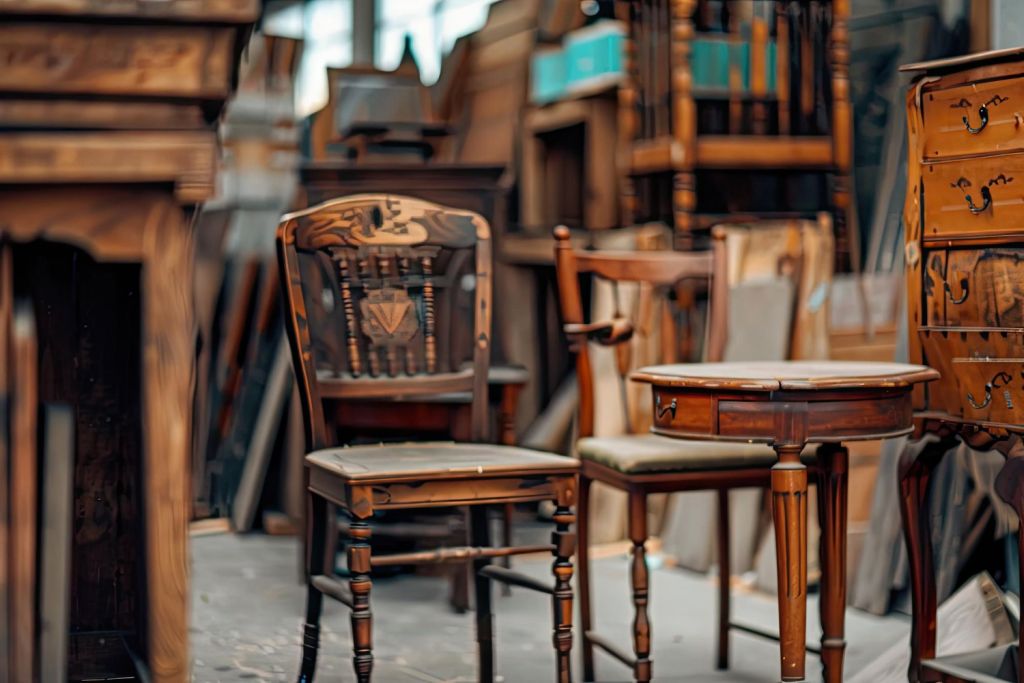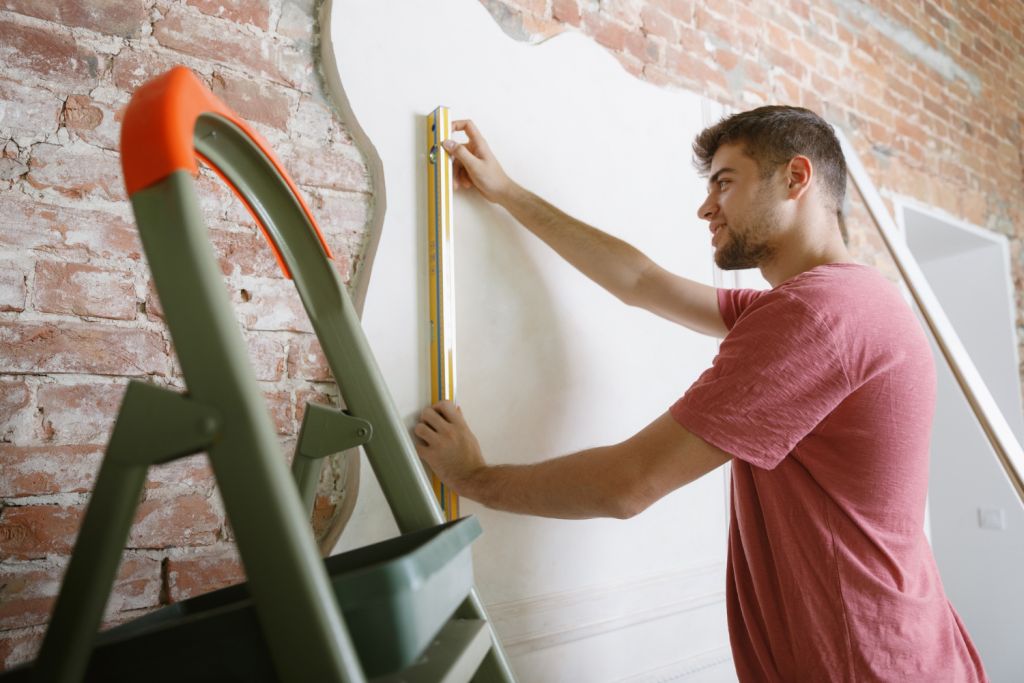The world is changing and so are our homes. More and more people are turning to eco-friendly solutions that not only save money but also help the environment. One of the hottest trends right now is upcycling old furniture, breathing new life into pieces that might otherwise end up in a landfill. But what exactly is upcycling, and how can it transform not just your home, but also your approach to sustainability? This blog will guide you through the art of upcycling, offering tips, benefits, and project ideas to inspire your own creative transformations.
Why Upcycling Matters
Furniture waste is a significant problem, contributing to the billions of tons of waste generated annually. Each year, both developed and developing nations discard millions of tons of furniture, which often ends up taking decades, if not centuries, to fully decompose. This practice contributes heavily to environmental degradation, as most furniture contains non-biodegradable materials. By upcycling, we can reduce this waste and minimize our carbon footprint. Making a conscious choice to reuse and reinvent what’s already available can greatly impact our environmental efforts, leading to a cleaner, greener planet.
The benefits of upcycling extend beyond mere waste reduction. Upcycling requires less energy and resources compared to manufacturing new items. The carbon emissions involved in production, distribution, and disposal are significantly lowered when furniture is given a second life. Choosing to upcycle supports a sustainable lifestyle, allowing individuals to creatively repurpose and reimagine old items, turning them into functional and stylish pieces that add personality to any space.
The Art of Upcycling
At its core, upcycling is about taking something old, unused, or unwanted and transforming it into something new and valuable. It’s a form of creative recycling that involves reworking existing materials to enhance their value and utility. Embarking on upcycling projects offers an opportunity to explore personal style, experiment with design, and breathe new life into items that would otherwise gather dust.
Upcycled furniture adds unique charm and character to home decor. Each piece tells a story, offering a conversation starter that reflects an individual’s creativity and commitment to sustainability. Whether it’s a vintage desk turned into a chic vanity or an old ladder repurposed as bookshelves, upcycling allows for endless customization. The process not only reduces clutter but also allows DIY enthusiasts to express their imagination and innovation through functional art.
Beyond aesthetics, upcycling furniture can lead to personalized home interiors that reflect personal values and lifestyles. No two pieces are alike, allowing homeowners to craft extraordinary settings with a touch of individuality. Upcycled items often become cherished heirlooms, passed down through generations, carrying forward stories of creativity and sustainability.

Getting Started with Upcycling Projects
Starting an upcycling project may seem daunting, but with the right tools and mindset, anyone can transform old furniture into stunning new creations. Before you begin, gather essential tools and materials such as sandpaper, paintbrushes, non-toxic paints or finishes, screwdrivers, and power drills. These basics will set the foundation for your projects, enabling you to tackle a range of transformations.
The first step in upcycling is selecting the right piece of furniture. Look for items with solid wood structures, minimal damage, and interesting details or shapes. Once you have chosen your piece, clean it thoroughly and assess its condition. Sanding is a crucial preparation step, removing old finishes and creating a smooth surface for applying new paint or varnish.
Transformation is where creativity blossoms. Consider the intended function and style of the finished piece. Painting, staining, or stenciling can drastically change the look, while adding new hardware or fabric can enhance functionality. The options are endless, limited only by imagination and vision. Keep in mind that upcycling is about enjoying the process and learning along the way, so allow yourself room for experimentation and unexpected discoveries.
Eco-Friendly DIY Project Ideas
Ready to get your hands dirty? Here are a few inspiring upcycling projects to spark your creativity:
- Turn a Dresser into a Kitchen Island:
Give a forgotten dresser a new lease on life by transforming it into a functional kitchen island. Remove the top drawers to create open shelving, repaint the exterior with a fresh coat of paint, and attach caster wheels for mobility. Add a butcher block top for a stylish and practical surface.
- Repurpose Old Chairs into a Bench:
Combine mismatched chairs to create a charming bench for your entryway or garden. Remove the seats, arrange the chairs side by side, and attach wooden planks across the tops to serve as a bench seat. Paint or stain the entire piece for a cohesive look.
- Convert a Wooden Crate into a Coffee Table:
Stack and secure wooden crates to construct a unique coffee table. Sand and finish each crate, then place them together to form a rectangular or square shape. Add a glass top for a polished look and fill the crates with books or decorative items for added storage.
Each project offers an opportunity to exercise creativity, develop new skills, and contribute positively to the environment. By repurposing and redesigning, you actively participate in a sustainable movement that values resourcefulness and innovation.
Recap and Next Steps
Upcycling is more than a trend; it’s a lifestyle choice that embodies creativity, sustainability, and personalization. By choosing to upcycle, you contribute to reducing waste, conserving resources, and minimizing your ecological footprint. Projects can vary from simple to complex, but each one fosters a sense of accomplishment and connection to your living space.
Consider starting your upcycling journey today. Explore local thrift stores, garage sales, or even your own attic for potential projects. Connect with fellow DIY enthusiasts and share your creations in upcycling communities. Together, you can exchange ideas, techniques, and encouragement, building a supportive network that values sustainability and artistry.
If you’re eager to learn more, countless resources and online tutorials await to guide you through your endeavors. Whether you’re crafting a one-of-a-kind piece or rejuvenating a family heirloom, the possibilities are endless. Join the upcycling movement and transform your home into a reflection of your style and values, one project at a time.


